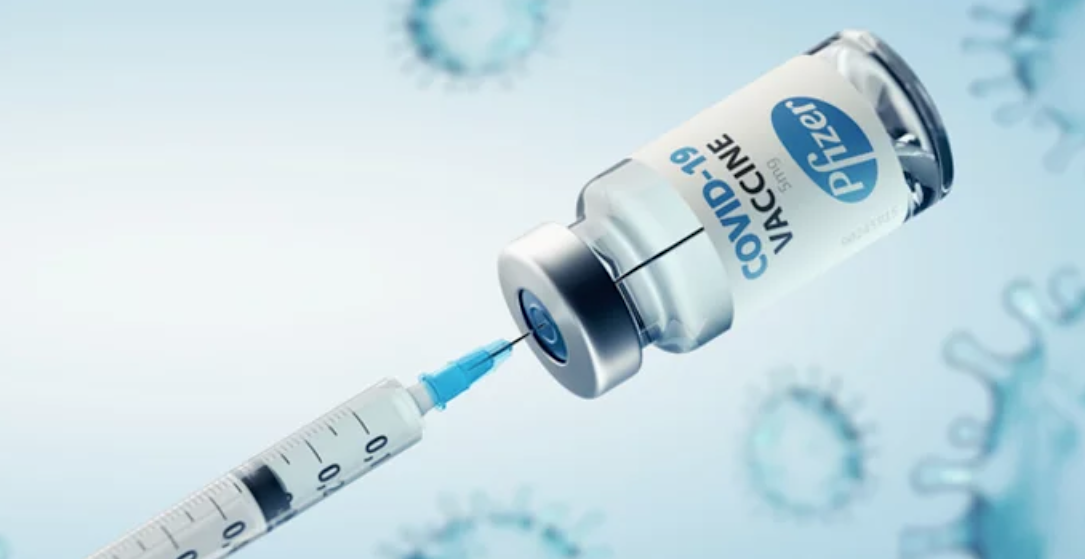
(GA Recorder) | WASHINGTON — A federal advisory panel is recommending that Pfizer’s COVID-19 vaccine be administered to adolescents between 12 and 15 years old, making it the first shot available to those under 16.
The green light granted Wednesday afternoon by the Centers for Disease Control and Prevention’s vaccine advisory panel is expected to be affirmed swiftly by the agency’s top officials.
The Food and Drug Administration also gave its authorization this week, and many states have waited to expand vaccinations until the CDC signed off. Several, including Georgia, did begin vaccinating the younger age group immediately after Monday’s FDA authorization, while other states began scheduling appointments so they could begin putting shots in arms as soon as the CDC took action.
The latest federal recommendation will open COVID-19 vaccinations to 17 million American teens, according to Kaiser Family Foundation data. With vaccine demand waning among U.S. adults, public health experts say vaccinating children will prove critical to reaching sufficient levels of immunity throughout the country.
While children who have tested positive for the coronavirus have typically reported milder symptoms than adults, some have developed complications, including a rare, dangerous inflammatory syndrome.
One advisory panel member, Dr. Katherine Poehling, a professor of pediatrics and epidemiology at Wake Forest School of Medicine in Winston-Salem, N.C., described a teenager with COVID-19 who had a heart attack.
The teen survived, but Poehling added that the effects of the disease “will have long-lasting impacts.”
Children also account for a growing share of the overall number of COVID-19 infections as more and more adults become vaccinated.
During April, adolescents between 12 and 17 made up 9% of cases, a share that’s now larger than that of individuals 65 and older, CDC officials said during Wednesday’s advisory panel meeting.
Since the pandemic began, there have been more than 1.5 million cases reported among children between 12 and 17. The age group has accounted for more than 13,000 hospitalizations, at a rate higher than during 2009’s H1N1 flu pandemic.
There have only been 127 deaths among children aged 12 to 17, though CDC experts noted that the tally would rank among the top 10 causes of death for that age group.
Previously, those 16 and older could receive the Pfizer shot under the emergency use authorization issued in December. The other two COVID-19 shots authorized in the U.S. can be used in patients 18 and older. Pfizer and Moderna are studying vaccine use in children as young as six months.
Data from Pfizer’s clinical trial showed the two-shot vaccine to be highly effective among kids 12 to 15, with no COVID-19 infections reported among the vaccine group seven days after the second shot and 16 cases among those who received a placebo.
Symptoms are similar to those among adults who received the Pfizer vaccine: pain at the injection site, along with fatigue, headaches, chills, and muscle pain. Those symptoms were typically reported to be mild to moderate.
In outlining the costs and benefits of the vaccine during Wednesday’s hearing, CDC officials said the new vaccine eligibility could play a role in helping adolescents catch up on routine vaccinations against other diseases that were delayed due to the pandemic.
That vaccine catch-up process will be helped by another change recommended Wednesday: allowing doctors to give other vaccines at the same appointment as a COVID-19 shot.
That was initially discouraged, but the latest recommendations say the data available so far does not suggest that a 14-day wait time is needed between the COVID-19 shot and other vaccines.
Public polling suggests that some parents are ready and even eager to bring their teens in to be vaccinated, while others may need some convincing.
A Kaiser survey last month found that parents’ intentions for vaccinating their children largely line up with their intentions for vaccinating themselves, with 29% of parents saying they would get their child vaccinated “right away” and 32% saying they would wait a while to see how the vaccine is working.
Another 15% said they will only get their child vaccinated if their school requires it, and 19% said they definitely will not vaccinate their child against COVID-19.
Now it will be up to states to ensure that vaccination sites are prepared for an influx of younger patients, as well as working to get vaccines into new places, like pediatricians’ offices.
Data gathered by CDC public health officials suggests that primary-care offices are the most commonplace that parents and teens would like to receive a COVID-19 vaccine, as opposed to the mass-vax sites of the early vaccination efforts.
The younger age group’s eligibility also raises new wrinkles of who can consent to receive a vaccine. Each state has its own laws on whether minors can receive a vaccine without consent from a parent or guardian.







